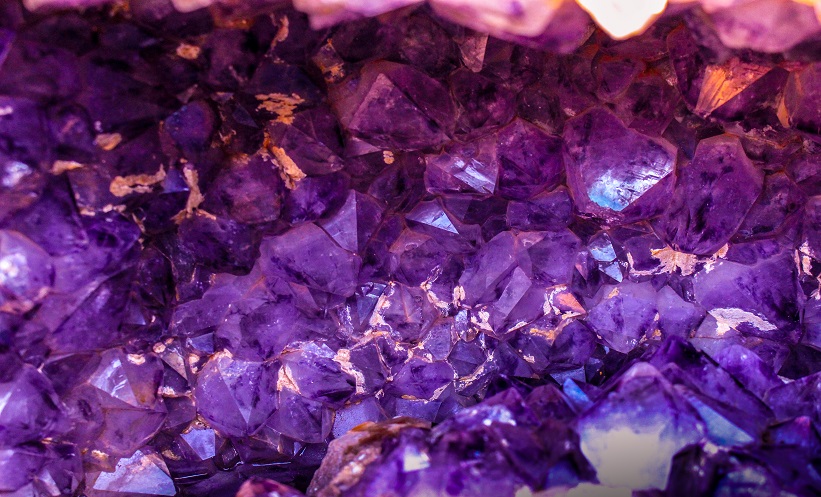CHARCOT–LEYDEN crystals in the nasal tissues may predict whether chronic eosinophilic rhinosinusitis with nasal polyps (CRSwNP) is likely to recur, according to new data. These needle-shaped bipyramidal galectin-10 crystals can be detected through morphological methods and are considered ‘classic hallmarks of eosinophilic inflammation’.
Wenyi Chen, Third Affiliated Hospital of Sun Yat-sen University, Guangzhou, China, and colleagues, conducted a retrospective study which examined data from 110 patients. Those patients had undergone endoscopic sinus surgery for CRSwNP in 2016. In total, 30% of patients (n=30) experienced a polyp recurrence over the 24-month follow-up. Researchers noted that those who had a recurrence had a higher rate of comorbid asthma (27.27% versus 7.79%; p=0.015), and included a higher percentage of male patients (84.50% versus 57.14%; p=0.005), compared to those who did not experience a recurrence. Furthermore, those who experienced a recurrence had more eosinophils and Charcot–Leyden crystals in their nasal tissues, as well as significant elevations in the number and percentage of eosinophils in their blood.
Charcot–Leyden crystal structures were found in 64.44% of patients with eosinophilic CRSwNP, and 26.36% of patients overall. Interestingly, no crystal structures were observed in the control group, or in patients with non-eosinophilic CRwNP. In the group who experienced a recurrence, a larger proportion of patients had Charcot–Leyden crystals, compared to none, as well as eosinophilic CRSwNP, compared to non-eosinophilic. Researchers therefore concluded that the presence of the crystals and eosinophils is associated with recurrence of nasal polyps. Univariate and adjusted logistic regression analyses confirmed that tissue Charcot–Leyden crystal count was significantly associated with polyp recurrence.
The team also identified the following predictors for post-operative polyp recurrence: male sex, tissue eosinophil count, comorbid asthma, peripheral blood eosinophil percentage, and peripheral blood eosinophil count. The optimal cut-off for predicting polyp recurrence was a Charcot–Leyden crystal count of 1, using the maximal Youden Index, with a specificity of 98.7% and sensitivity of 84.8%. The researchers concluded that the crystals are markers of eosinophilic inflammation, and that they are promising predictors for polyp recurrence. They further stated that they could be potential targets for treatment strategies of CRSwNP.








